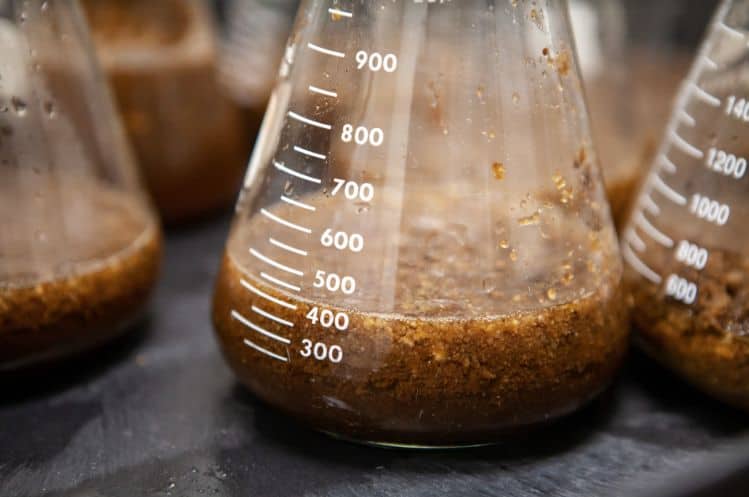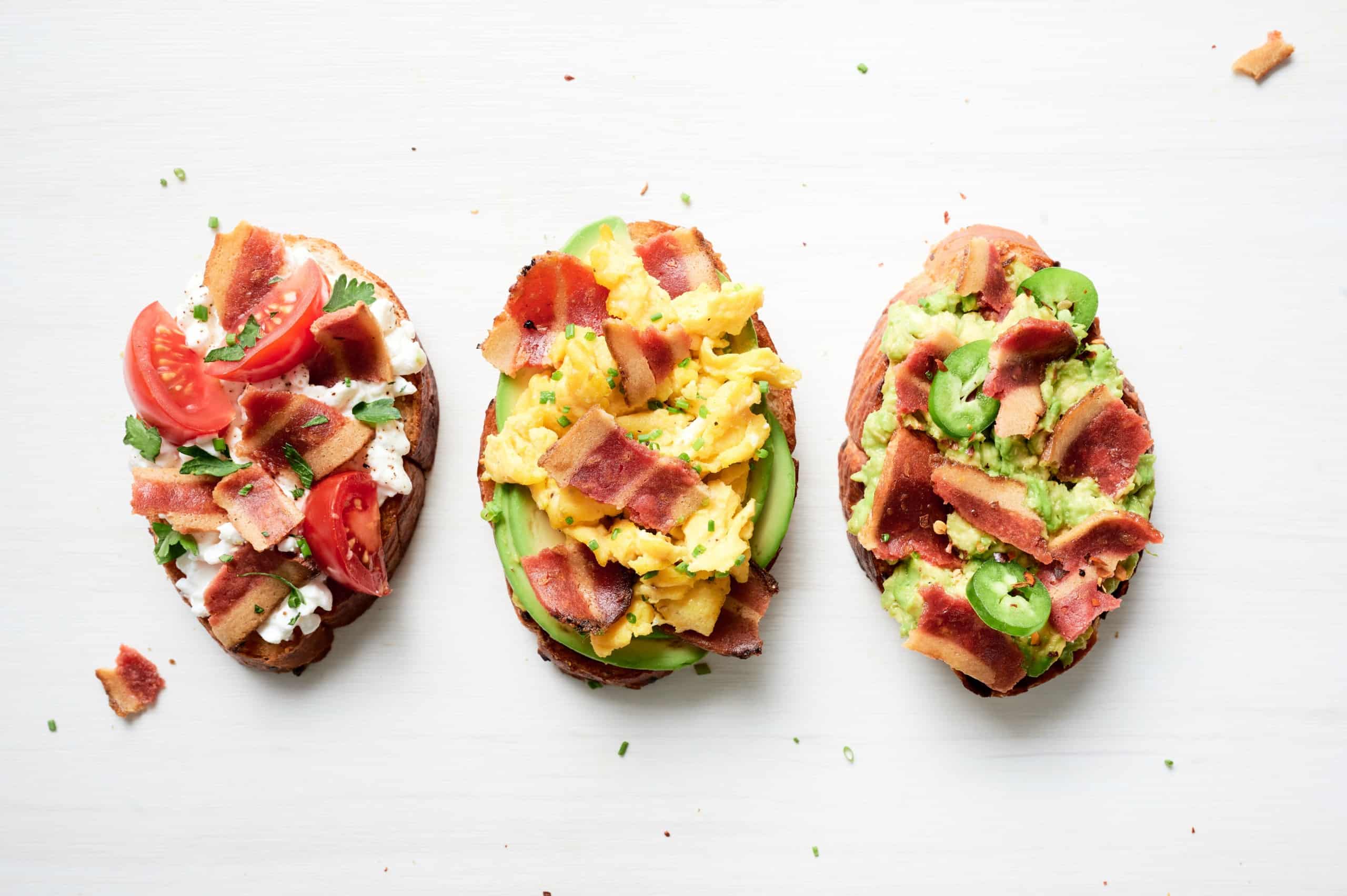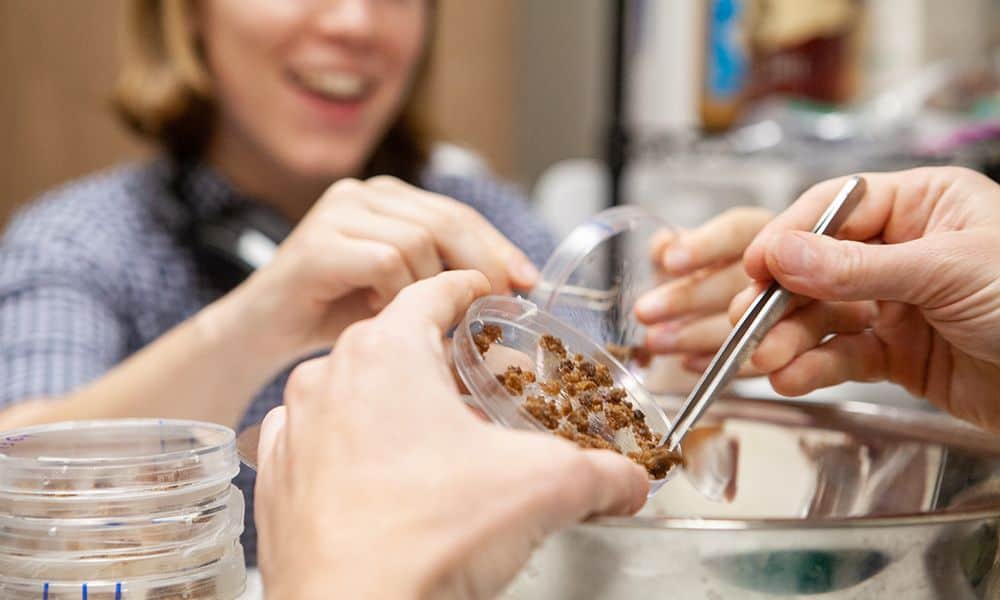Eric Amundson, CEO and co-founder of Vevolution, discusses plant cell culture technology here. With $896 million invested in cultivated solutions in 2022, Upside Foods accelerates an industry to $400M round. Investors are now actively investing not only in center plate meat alternatives, but also in the ancillary and plant cell culture markets for gelatin, chocolate, coffee and other products.
Imagine a world without coffee
By Eric Amundson
I’m not a coffee snob by any means, but I drink it every day. Warm, energizing nourishment that I look forward to starting my anxiety-fueled mornings as a co-founder. Espresso, lattes, cold brew, I mean it’s a huge part of our culture as a society. Now imagine a world without it.

More than 2 billion cups of coffee are consumed every day. More than 9 billion kg of coffee is produced annually and demand for coffee is expected to triple by 2050. So here’s the bad news. Coffee is expected to be wiped off the planet by 2080. By 2050, more than 50% of land suitable for coffee will be gone.
This is because coffee growing conditions are harsh as temperatures between 18 and 21 degrees Celsius, abundant rainfall and a laborious production process are required to bring out our magic juice. Climate change is increasing our global temperature, which means that a delicate tipping point of 21 degrees will be reached.
Chocolate, vanilla, avocados
Mother Nature is losing her power when it comes to virtually every delicious product. Chocolate, vanilla and avocados are all crops that are expected to largely disappear for the same reasons as coffee. These crops want to grow in certain conditions and our planet is indeed getting warmer. You can’t magically grow a crop if it’s too hot, too dry, or anything else on our precious planet isn’t perfect. I really want to eat avocado toast and vanilla ice cream with my grandkids.

Thanks to brilliant scientists around the world advancing plant cell culture technology, maybe we’ll still be able to buy our $15 avocado toast. But how does plant cell culture work? Who are the companies scaling this solution? Who are the investors looking at the opportunity? Will consumers accept these solutions?
Adjuvant and the future of plant cell culture
If I were a betting man, which I am, I’d be bullish on these applications. Plant cell culture technology is scientifically similar to how cultured meat is produced. Coffee or cacao cultivars are harvested and handfuls of cells are taken from the plant. These cells are then fueled by other plant nutrients and placed in organic production equipment that mimics the conditions needed for crop growth.
Cocoa and coffee are ready to harvest in just a few days. These plants also don’t require expensive growing media like cultured meats, typically costing at least $10/liter (less than a hundred dollars).

California Cultured breaks down the process well here. The company raised a $4M seed round in 2021, and researchers in Finland developed the cultured coffee.
Auxiliary products are in almost every corner. Jellatech raises $2M to bring cultured gelatin and collagen to market for both healthcare and food solutions.
With the cellular agriculture market set to reach $100Bn+ in the coming years, what could be the market share for assistive or plant cell technology applications? Here’s how I see it. We all have that uncle who says he’ll never try alternative proteins. Maybe there are other low-hanging fruits to invest and scale.
My guess is that no one will bat an eye at how their morning coffee is produced in 2030. Investors can now see these companies raised in Vevolution.

